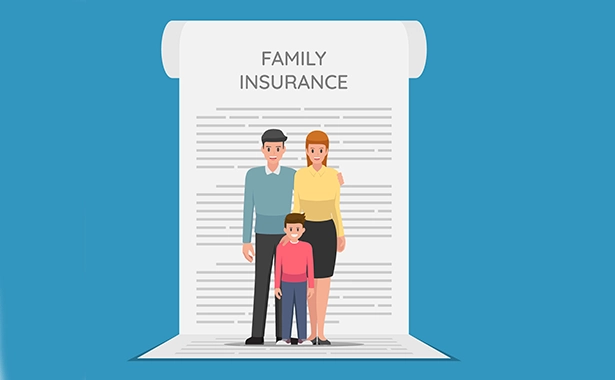Final Judgment for Possession – Escambia County Florida
The “Final Judgment for Possession” form for Escambia County, Florida, is a legal document used in eviction cases, primarily where a landlord seeks to regain possession of a property due to a tenant’s failure to comply with rental agreements. This form is issued by the county court after the court finds that the tenant has not responded adequately to an eviction notice, typically by failing to file a written answer or deposit overdue rent into the court registry within the required timeframe.
Key components of the form include:
- Identification of Parties
- Case Information
- Property Description
- Court Orders
- Judicial Authorization
This form serves as the final step in the legal process for evictions, ensuring that landlords can legally reclaim their property following due process. It is crucial for landlords and legal representatives to fill out this form accurately and comprehensively, ensuring that all judicial orders and mandates are clearly understood and enforceable.
Filling out this form involves providing precise information in various sections to ensure the document is completed correctly. Here is a step-by-step guide to help you navigate the process:
Plaintiff and Defendant Information
Top Section
- Fill in the plaintiff(s)’ name(s) and address, including the zip code and email address. The plaintiff is typically the landlord in eviction cases.
- Enter the case number in the space provided.
- Fill in the defendant(s)’ name(s) and address, including the zip code and email address. The defendant is usually the tenant.
Court Information
Location: Specify the county court’s name and the county where the court is located (in this case, Escambia County, Florida).
Property Description
Possession: Provide a detailed description of the property from which possession is being recovered. Include all pertinent details such as property type, address, any identifying numbers, or additional descriptions that specify the exact property involved.
Court Costs and Interest
- Costs: Enter the total amount of court costs that the plaintiff shall recover from the defendant. This amount should have been determined earlier in the process.
- Interest Rate: Specify the annual interest rate at which the court costs will accrue.
Date and Judge’s Information
- Date: Fill in the exact date when the judgment is issued, including the day, month, and year.
- Judge’s Name: Write the name of the county judge who is ordering and adjudging the case. This should be legibly written to validate the document.
Execution of the Judgment
Ensure that all the orders mentioned regarding the writ of possession and execution for court costs are clear and adhered to according to the court’s decision.
Signature
The county judge must sign at the designated area to legalize the judgment. The signature verifies that the judge has reviewed and approved the judgment.
Carbon Copies (cc)
List the entities or individuals that should receive a copy of this document. Typically, this includes the plaintiff/landlord and the defendant/tenant.
General Tips
- Accuracy: Double-check all the information for accuracy. Incorrect information could delay the process or invalidate the document.
- Legibility: Ensure all handwritten information is legible. Consider typing the information if the form allows it to prevent misunderstandings.
- Consultation: If you are unsure about any information, consider consulting with a legal advisor to ensure that all entries comply with local laws and court requirements.
By following these steps, you can effectively fill out the “Final Judgment for Possession” form. Ensure to review each part for compliance with legal standards and accuracy before submission.
Disclaimer: This guide is provided for informational purposes only and is not intended as legal advice. You should consult the Residential Tenancies Act or a legal professional.




